Vikings reconnecting communities across the River Clyde
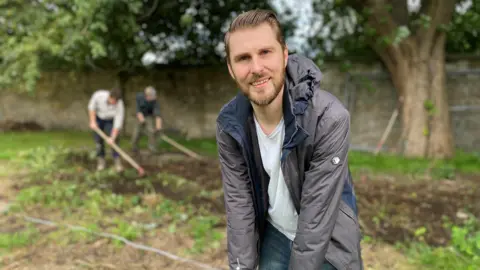 BBC
BBCGovan is synonymous with big ships and heavy industry, but the Glasgow district's other role in Scotland's history is being dug into this weekend.
A team of archaeologists and local volunteers are aiming to uncover more of the area's Viking connections during an excavation of Govan Old Churchyard.
Experts describe the Old churchyard as one of the most important landmarks in the city, home to a renowned collection of early medieval and Viking-age sculpture.
They are hoping to unearth fresh discoveries from the 1,500-year-old religious site.
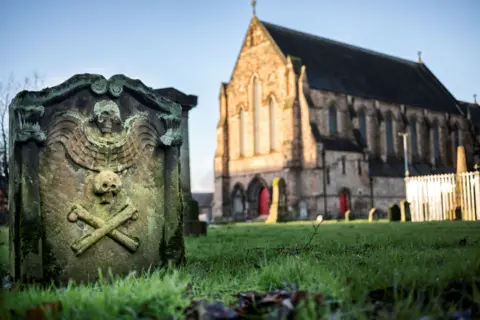 Getty Images
Getty ImagesVolunteers are working alongside professionals from Clyde Archaeology and academics from University of Glasgow Archaeology over two weekends.
Armchair archaeologist Scott Cambers from Whiteinch is one of the volunteers - inspired by TV programmes.
“The real experience is totally different." he said. "I’m helping the team on a grid pattern, going up and down the grass and pushing down to see if we hit anything.”
Another volunteer, Kirsty Little, said she jumped at the chance to get involved.
“It’s a bit daunting trying archaeology for the first time," she said. "I’m scared to move too many stones in case I damage anything. It’s been an eye-opener working alongside professionals.”
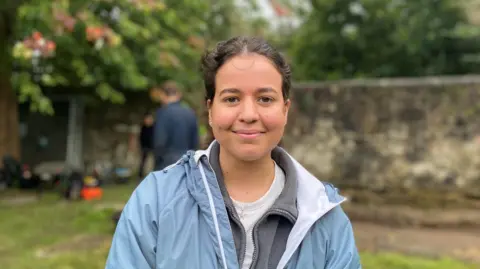
Stephen Driscoll, professor of historical archaeology at the University of Glasgow, said it was important to involve local people in the excavations:
“They’re the ones who are going to be using the site most. The work needs to be beneficial for the community,” he said.
Govan has a long history as one of the earliest seats of Christianity in Scotland and the main church of the Kingdom of Strathclyde, the lost kingdom of the northern Britons.
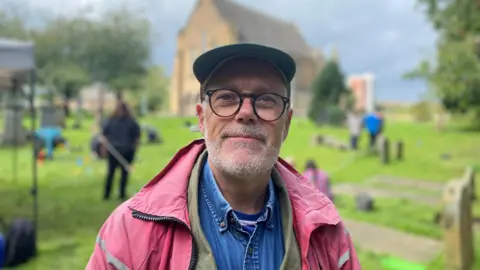
In AD 870, Vikings, who had been based in Dublin, destroyed Dumbarton at the mouth of the Clyde, which had been a major power centre in the centuries after the Romans departed from Britain.
As a result Govan, further up the river, took on a crucial role in the new kingdom of warrior chieftains that emerged to resist the Vikings.
Radiocarbon dating links the churchyard to 500 AD.
Govan Old church sits on the site of previous churches going back to the early middle ages.
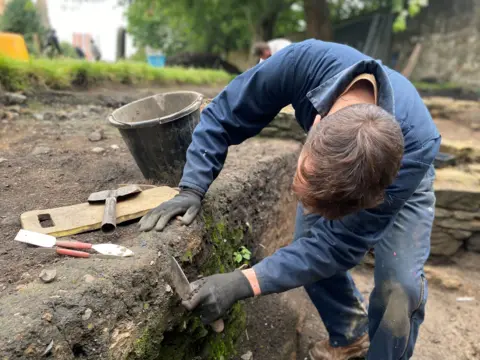
Important and priceless artefacts have been uncovered at the site in past and recent years.
Prof Driscoll has been excavating the churchyard since the 1990s.
He said: “The big discovery, in 1855, was the sarcophagus which we think held the relics of a Saint Constantine, once King of Strathclyde.
"This season we’re focusing on the south-east corner of the site, where I believe the original entranceway into the churchyard was.”
Govan Old church has been transformed into a cultural centre showcasing a collection of Viking-Age stones.
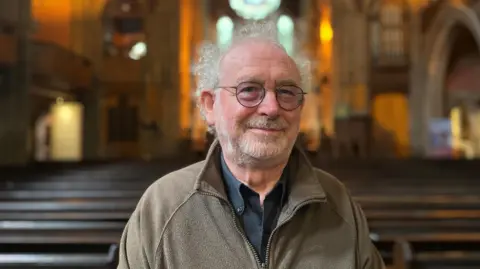
The museum is run by Govan Heritage Trust.
Trustee Pat Cassidy hopes a new bridge over the Clyde - due to open next week - will attract more visitors.
"It’s demonstrating the potential for Govan to reclaim some of the glories of its past," he said.
"There’s a lot of regeneration going on. With the focus now spotlighting this ancient site, I think we can look forward to much brighter times.”
The pedestrian and cycle bridge, connecting Water Row, near Govan Cross, to the Riverside Museum at Pointhouse Quay, is due to open on Saturday 7 September.
The first community dig runs until Sunday and the second will take place between 20 and 22 September.
